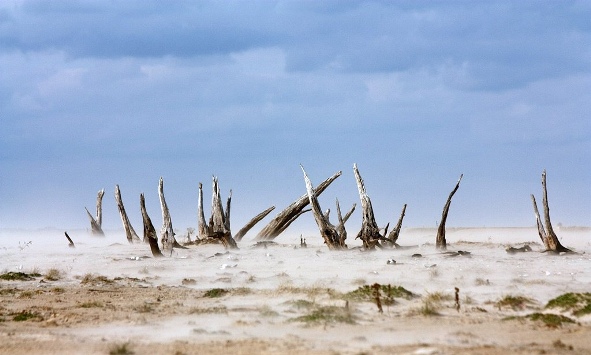
Study: Texas Lost Enough Water in the 2011 Drought to Fill Lake Mead Nearly Twice Over
2 Comments
/
Most of the water evaporated from soils, according to new research…
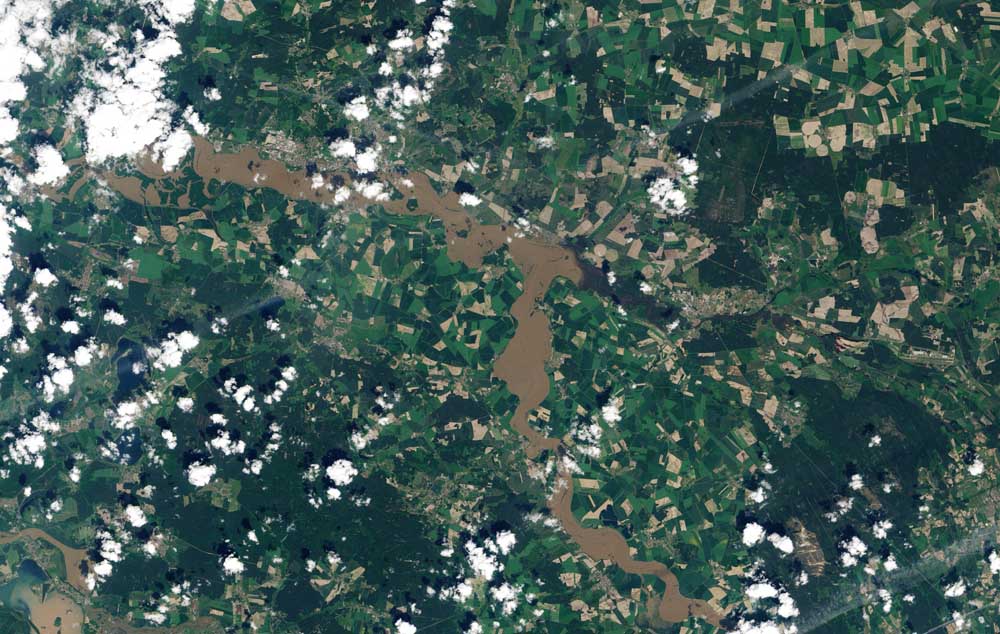
Central Europe: Flood Defenses and Responses Yield Mixed Results
The second bout of massive flooding in little more than a decade…
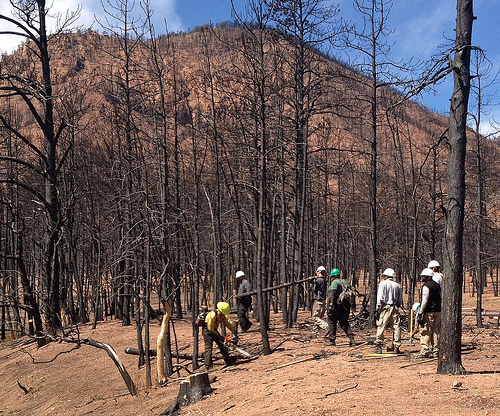
Western U.S. Water Utilities Take Financial Responsibility for Reducing Watershed Wildfire Risk
When residents in Santa Fe, New Mexico pay their water bills,…
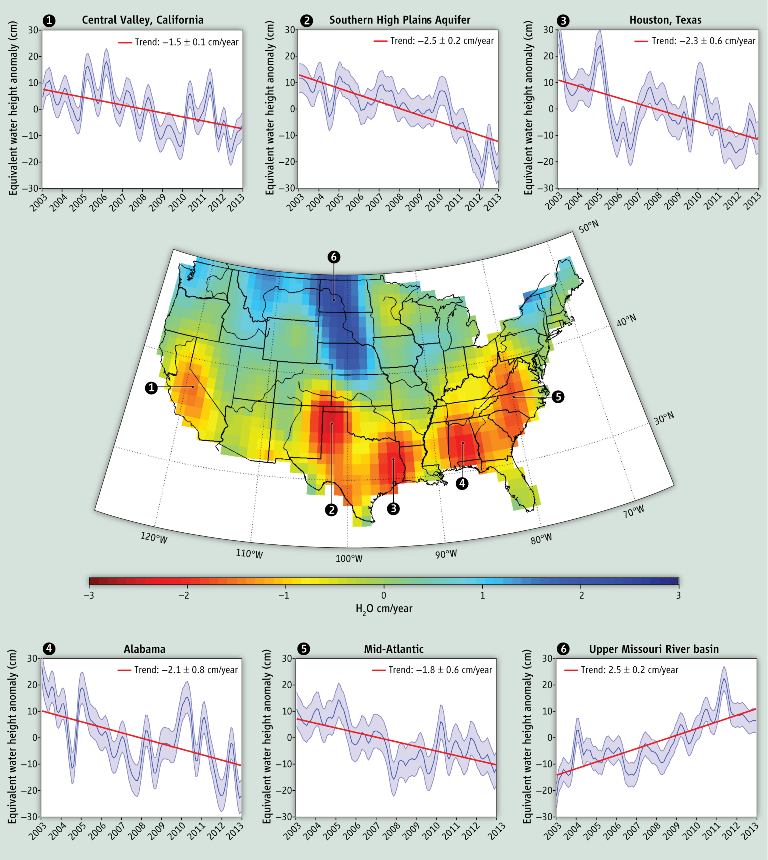
Satellite Data Shows U.S. Water ‘Hotspots’
Scientists who use the GRACE satellite say they need more resources…
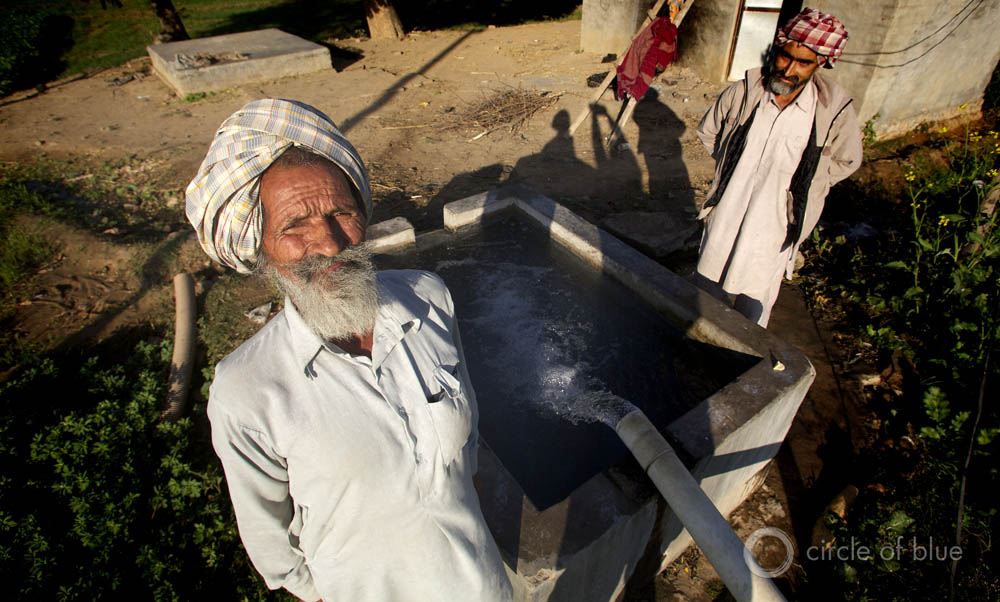
Choke Point: India — The Leopard in the Well
Thanks in large part to the Green Revolution that catalyzed grain production in the mid-1960s, India ended the perennial fear of famine. But achieving food abundance has overwhelmed India's mammoth and unwieldy bureaucracy, drained its freshwater reserves, and strained the energy sector and electrical grid.
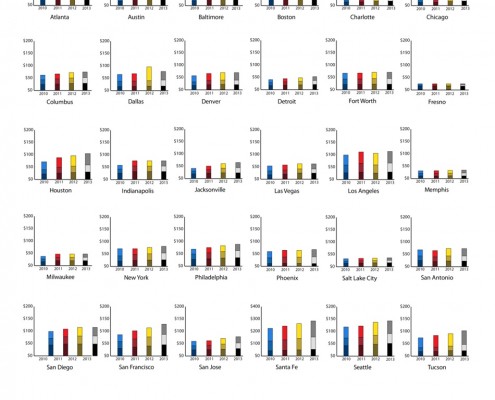
The Price of Water 2013: Up Nearly 7 Percent in Last Year in 30 Major U.S. Cities; 25 Percent Rise Since 2010
Utilities tinker with rate structures designed to stabilize revenue.
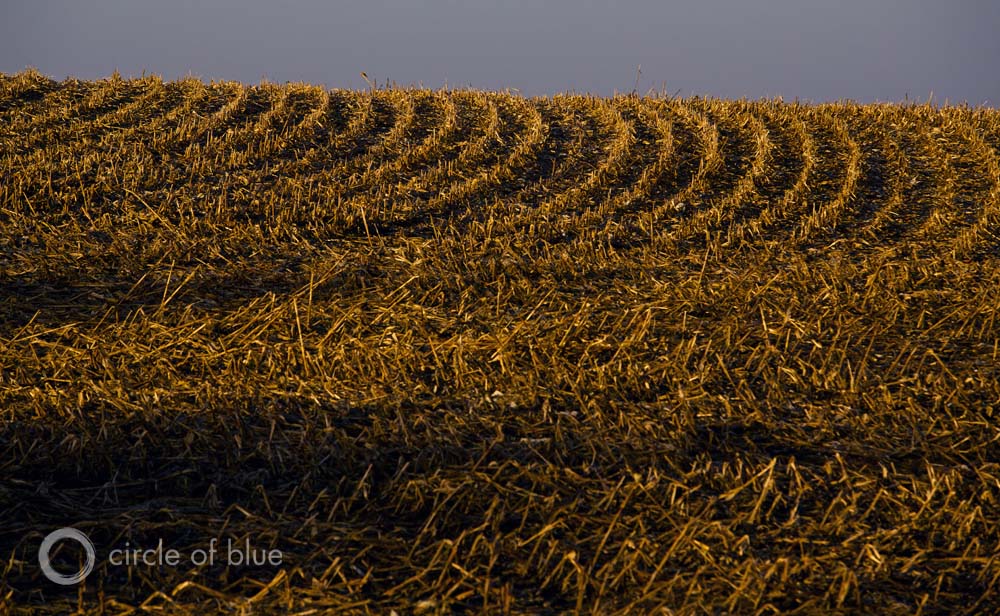
Global Grain Reserves Are Low; Legacy of U.S. Drought
Dwindling water supplies, low grain supplies, high prices for bread, meat, milk are outcomes of one of the worst droughts in the American history.
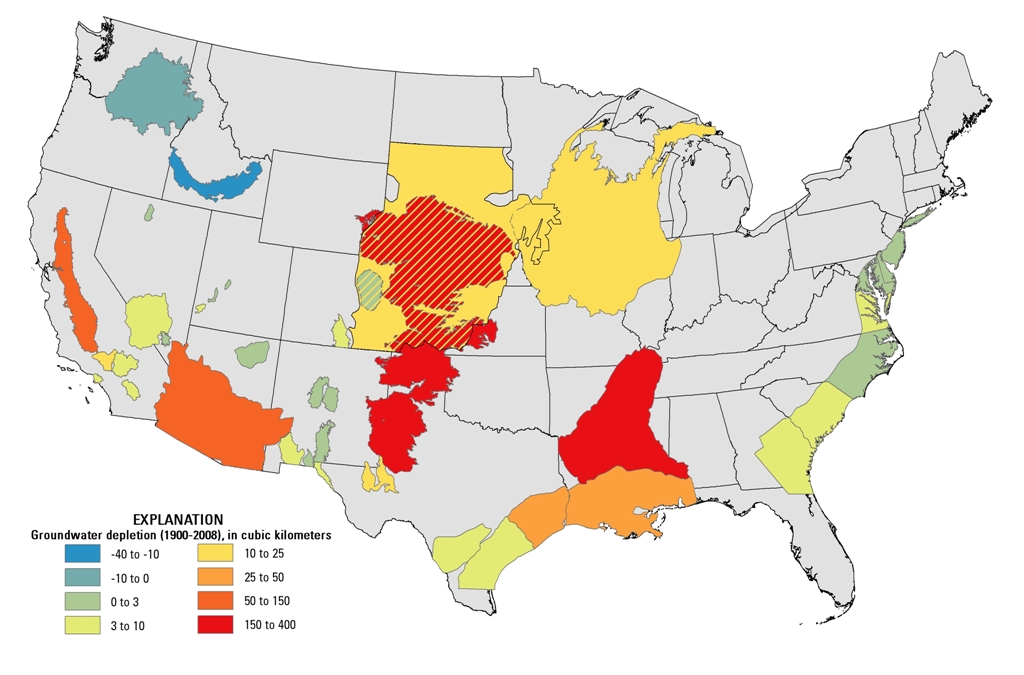
U.S. Groundwater Losses Between 1900-2008: Enough To Fill Lake Erie Twice
Groundwater depletion in the United States has accelerated over the last decade, according to the U.S. Geological Survey, contributing to both localized problems and global issues, like sea level rise.

Study: Plants Play Bigger Role in River Flows Than Previously Thought
Transpiration from plants dominates the terrestrial water cycle.
Photo…
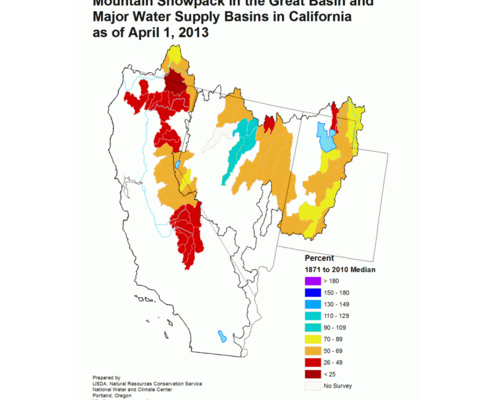
Looking To Buy: Dry Year Means Higher Prices on California’s Water Market
Scarce surface water supplies will lead to an active market, research firm says.

Report: From Steak to Cereal, U.S. Drought Inflates Food Prices
U.S. consumers have just started to feel the effects of last summer’s drought at the supermarket. Prices are expected to continue increasing throughout 2013.
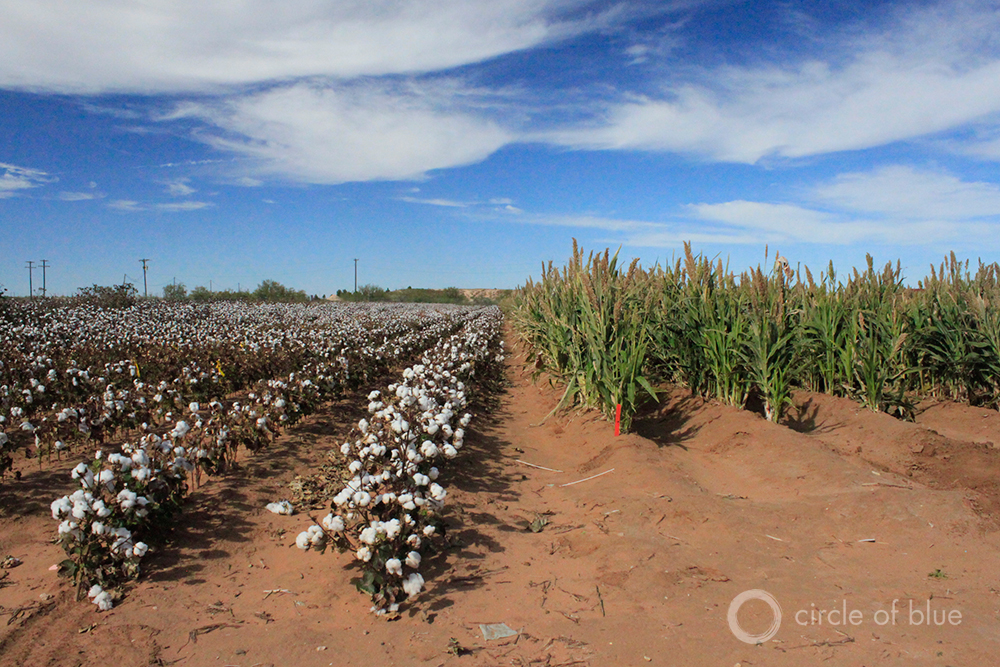
Report: USDA Says Farmers Expected to Plant More Water-efficient Crops in 2013
Though corn acreage is forecasted to rise slightly over last year's planting, the biggest jump is predicted for sorghum, which uses less water.

